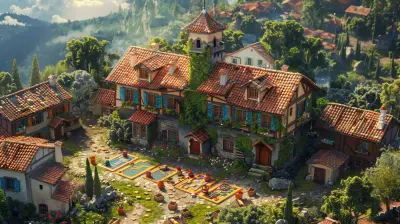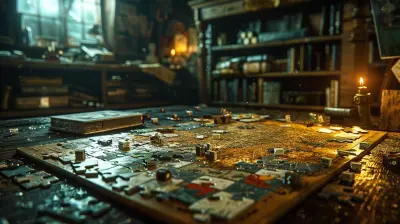The Future of Realism: How Games are Blurring the Lines Between Real and Fictional
21 July 2025
Grabbing a controller and stepping into a video game today feels less like playtime and more like walking into an alternate universe. Remember when video game characters used to look like pixelated potatoes with stick arms? Now, we’ve got virtual athletes with sweat physics, landscapes so beautiful they could pass as vacation destinations, and NPCs (non-playable characters) with more complex feelings than your ex.
Gaming realism has leveled up so hard that it's borderline creepy—and we're here for it. But where is all this heading? Are we going to wake up one day and not be able to tell if we’re playing a game or living in one? Let’s dive in and figure out how the future of realism in video games is making our world a little… blurry.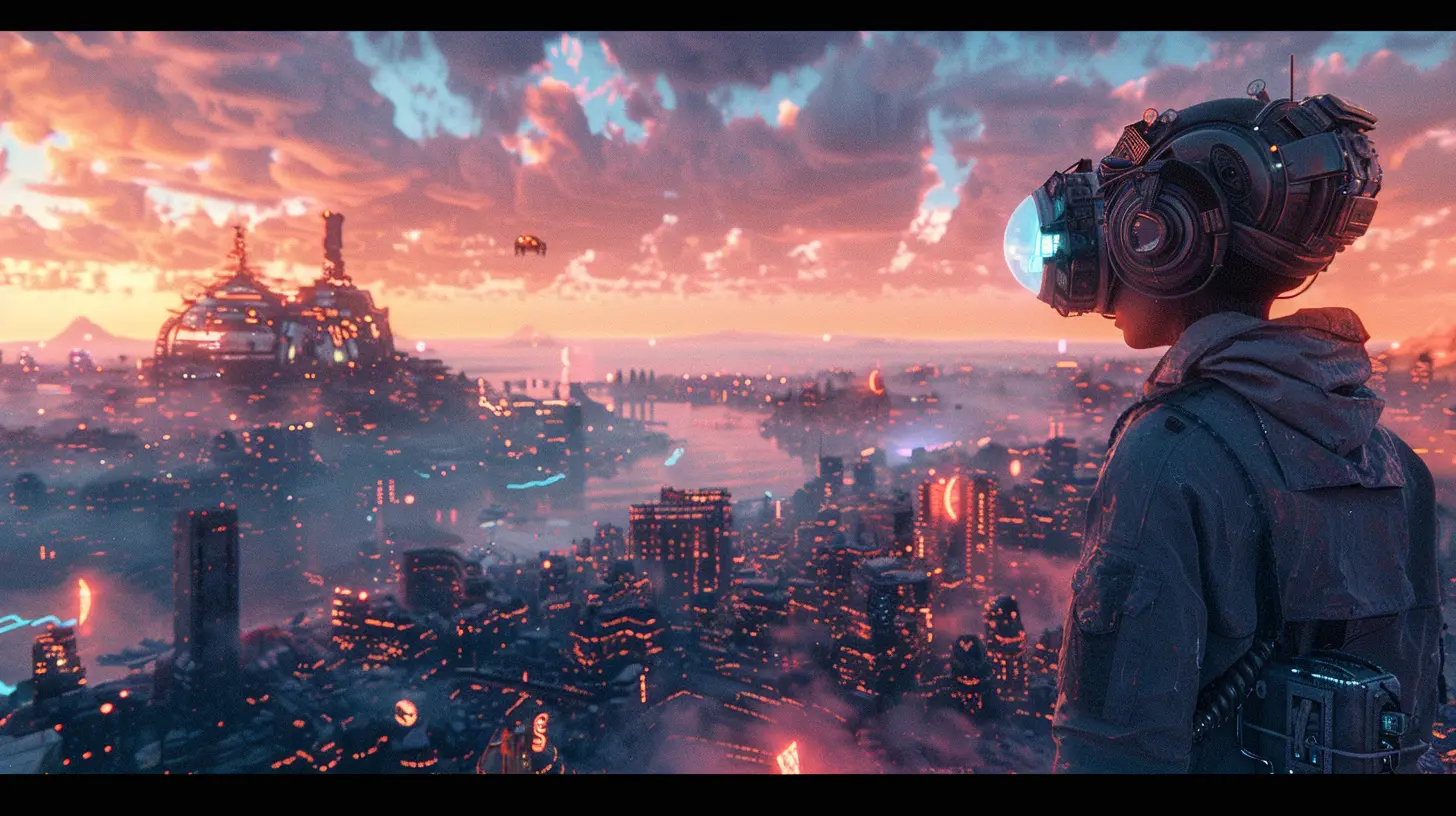
Gamers, Start Your Engines: The Tech Driving Ultra-Realistic Games
Alright, before we start unpacking the nitty-gritty, let’s give a shoutout to the tech responsible for making games look like they’ve been sprinkled with digital fairy dust. Graphics engines like Unreal Engine 5 and Unity have completely transformed the gaming landscape. These bad boys are getting so good at mimicking the real world, it's like they're auditioning to replace Mother Nature.Take Unreal Engine 5’s "Nanite," for example. (Yeah, it sounds like a superhero sidekick, but stay with me here.) Nanite allows for insanely high levels of detail in 3D models. We’re talking individual pebbles, hair follicles, and even wrinkles in clothing. It's so real, I half expect NPCs to start complaining about back pain next.
And let’s not even get started on ray tracing. This tech revolution is basically a magician that makes light and shadows behave as if they’re in the real world. Add that to AI advancements and motion capture technology, and suddenly, you’re looking at video games that could outshine blockbuster movies. Can we just take a moment to appreciate the fact that trees in some games sway more naturally than actual trees outside? Wild. 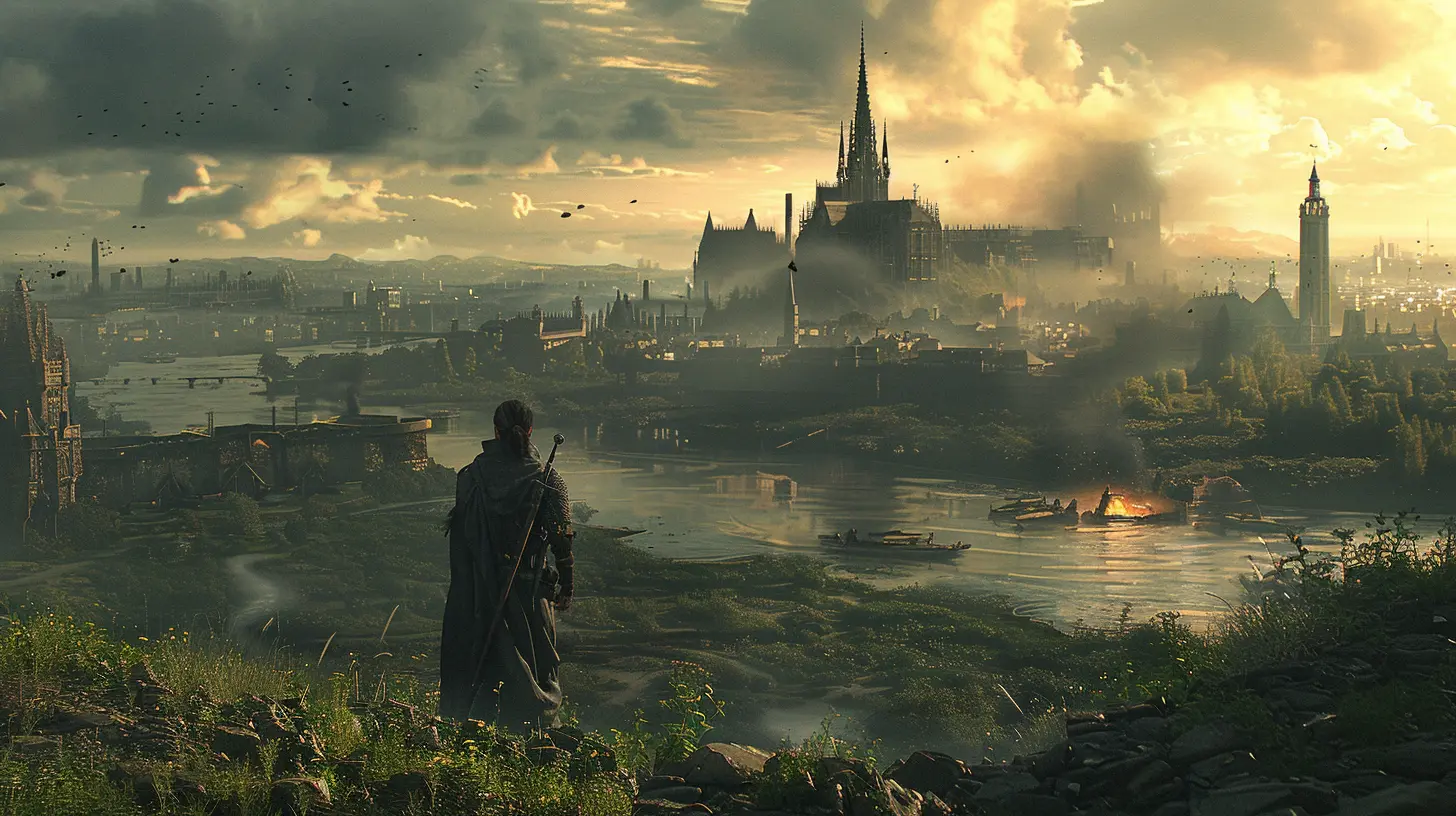
The Uncanny Valley is Shrinking (And It’s Weird)
Let’s talk about the "uncanny valley." Basically, it’s the weird, creepy sensation you get when something looks almost human but not quite. It's like when you see wax figures or robots trying to smile at you—close enough to real, but your brain goes, "Nope!"But here’s the kicker: game developers are bulldozing the uncanny valley. Face animations, lip-syncing, and emotional expressions in games are now so lifelike that it’s hard to tell if you’re looking at a character or a deepfake of your neighbor.
Games like The Last of Us Part II and Detroit: Become Human aren’t just about gameplay anymore—they’re about storytelling on a level where you actually feel like you’re watching (or living) an interactive movie. When a character cries, it’s no longer a cartoonish blob of blue pixels—it actually tugs at your heartstrings.
And while that’s incredible, it’s also a bit unsettling. Are we going to get to a point where we’re rooting for digital characters more than real-life people? If your squad’s rogue NPC gets betrayed, and you shed a tear for them… is that still gaming, or do you need therapy? Asking for a friend. 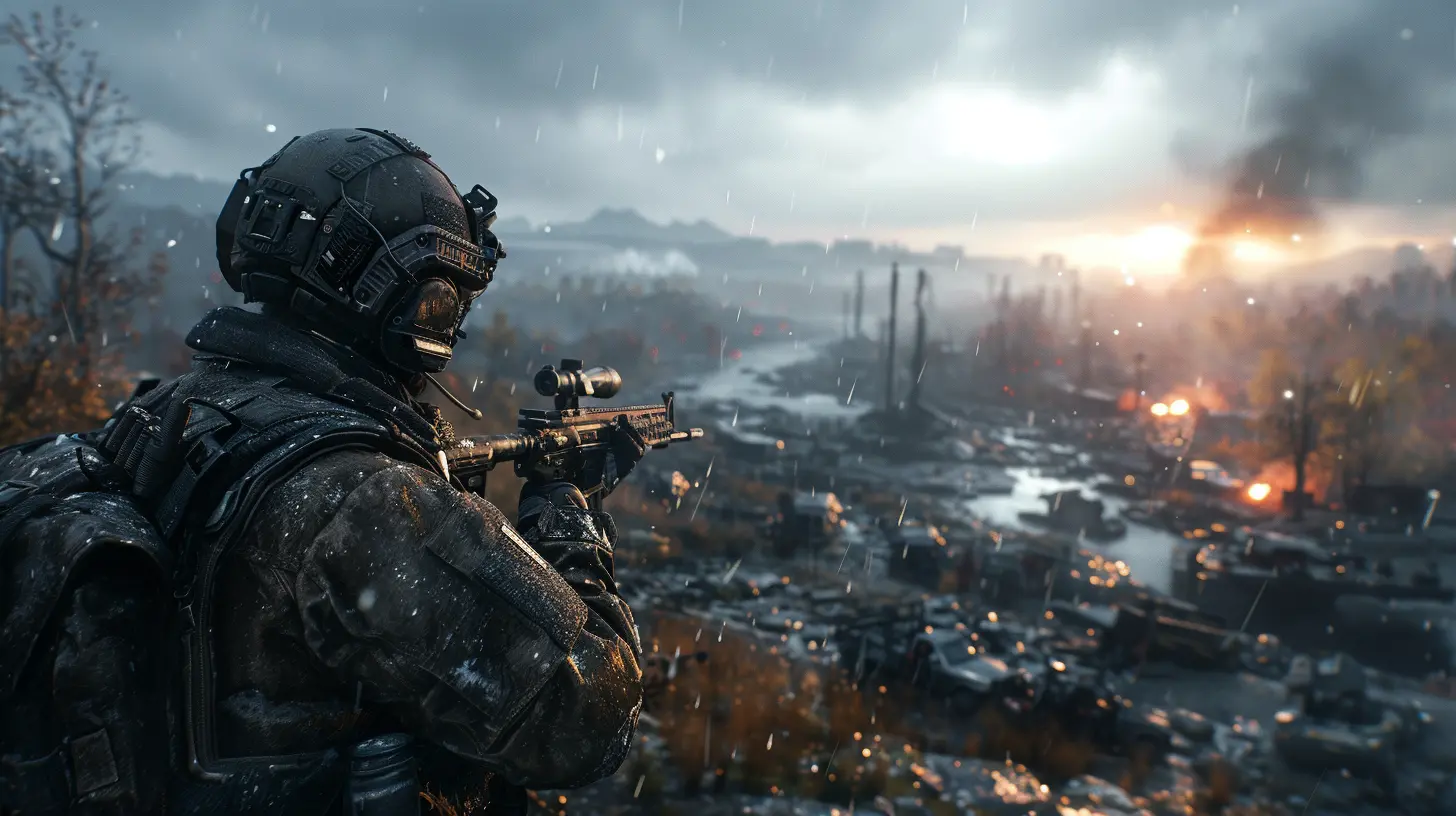
Virtual Reality: Escaping Reality by Making It TOO Real
Okay, let’s jump into VR—the golden child of the gaming world. VR is no longer confined to strapping bulky headsets on and playing glorified versions of Wii Sports. It’s evolving into something so immersive that it deserves its own category of "alternate existence."Take Half-Life: Alyx, for example. This VR masterpiece doesn’t just make you feel like you're inside the game; it convinces you that this world is your reality. Every object you pick up, every door you open, every bullet you dodge—it’s like your brain genuinely believes you've been transported.
The lines between real and virtual are so blurred that people are literally building careers inside VR worlds. (Shoutout to the VR architects designing houses you’ll never live in, but hey—dream big!)
But VR isn’t stopping there. With advancements in haptic feedback suits and treadmills that let you feel physical sensations and move freely, we’re basically one step away from living in a Ready Player One scenario. Except instead of saving the Oasis, we’ll just hoard loot boxes and argue about microtransactions.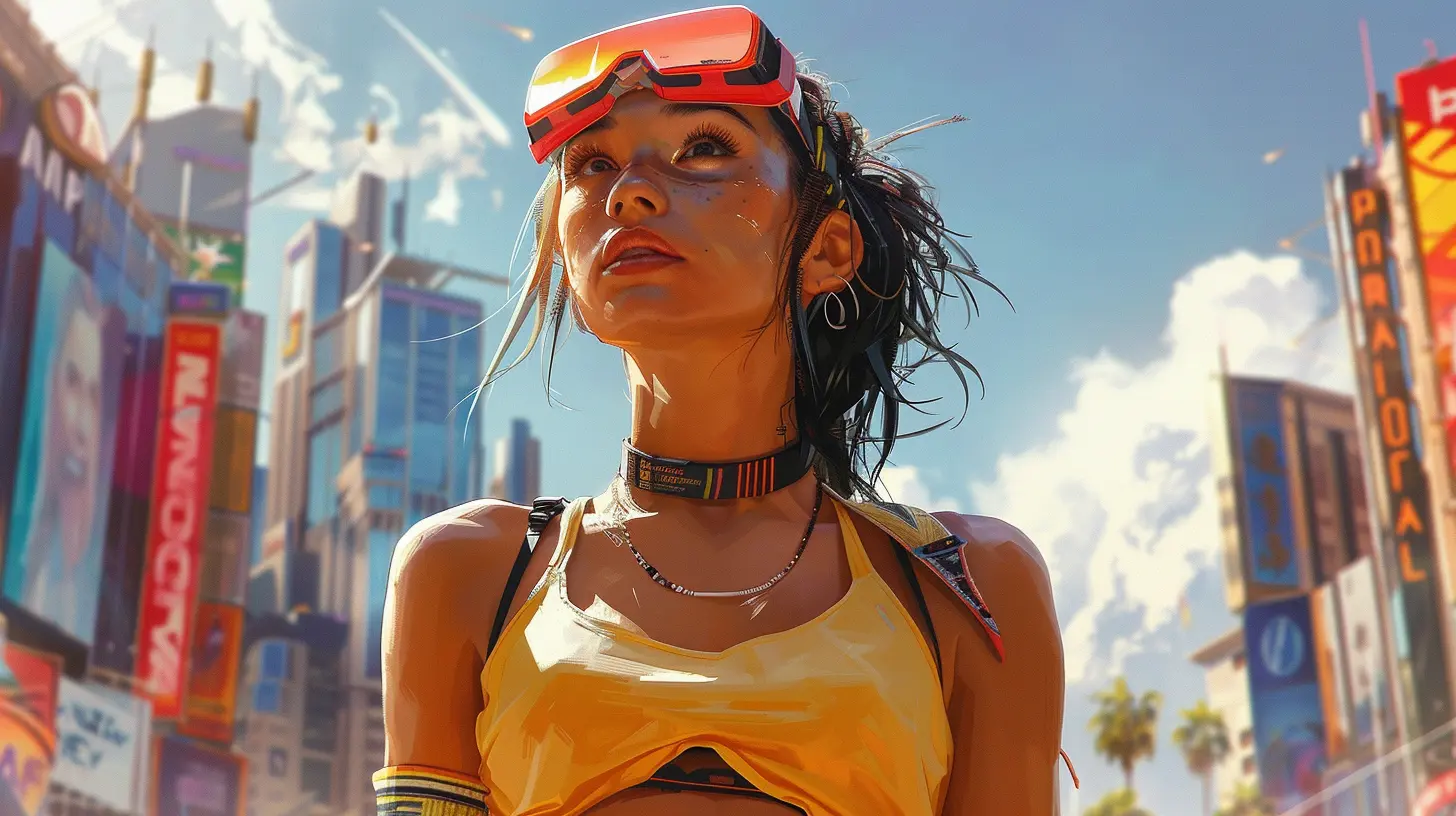
When AI NPCs Get TOO Smart
Picture this: you're in the middle of a mission, and an NPC walks up to you, but instead of spouting their usual dialogue, they go completely off script. They make a sarcastic comment about your outfit choice, offer you some unscripted life advice, and then casually ask you to hang out.This isn’t some wild fever dream; it’s the future of AI in video games. Developers are infusing NPCs with machine learning, allowing them to react dynamically to players. No more pre-programmed paths or repetitive “Welcome to the shop!” comments. These bots are learning to think, adapt, and carry conversations that feel real.
Let’s get real, though: how long before we start forming emotional attachments to these NPCs? If your AI companion becomes so smart they start roasting you for being bad at the game, do you laugh it off or question your life choices? Either way, the future is clear: AI-driven NPCs are going to make the virtual world feel way too real.
The Ethical Dilemma: Just Because We Can, Should We?
Now, here’s where things get deep. With games becoming hyper-realistic, where do we draw the line? If a game world feels indistinguishable from reality, does it come with moral responsibilities?Let’s say you’re playing an open-world game, and your actions have consequences that ripple through the entire story. That’s awesome for immersion, right? But what happens when those consequences feel TOO real? If an NPC’s family mourns their loss after you accidentally ran them over with your stolen horse cart (hey, it happens), does that make you feel guilty?
And what about the potential for real-world harm? If simulated violence feels like the real deal, how does that impact younger gamers? It’s one thing to shoot alien blobs, but another to commit realistic actions in a digital space.
Game developers are going to have to grapple with these ethical questions as realism continues to blur the line between what’s real and what’s not. Honestly, it’s a debate that might end up in philosophy textbooks someday.
Are We Ready for Fully Immersive Games?
Here’s the million-dollar question: are we, as players, even ready for this level of realism? Sure, games are fun, but they’re also meant to be an escape. When games become so real that they mimic actual life, do they lose their charm?Imagine playing a farming simulator where you actually have to wake up at 5 a.m., plough a field, and deal with taxes. No thanks, I’ll stick to my fantasy world, where I can slay dragons without worrying about car insurance, thank you very much.
But here’s the flip side: realistic games also open up new opportunities for education, social interaction, and creativity. Imagine learning history by walking through a perfectly recreated ancient city, or building real-world skills in a game-based environment. Pretty cool, right?
So, while the future of realism in games might scare us a little, it’s also undeniably exciting. Gaming isn’t just a hobby anymore—it's an art form, an escape, and sometimes, a little too close to reality for comfort.
Final Thoughts: Realism is Great, but Let’s Keep the Fun
All in all, the rise of ultra-realistic games is a double-edged (virtual) sword. On one side, we’re getting jaw-dropping visuals, emotionally complex stories, and immersive worlds that redefine what gaming can be. On the other side, it’s important to remember why we play games in the first place: to have fun.So, whether the future is filled with AI-driven NPCs, VR worlds that put real life to shame, or hyper-detailed simulations, let’s not lose sight of the fact that games are meant to bring joy. Whether you’re slaying dragons, throwing touchdowns, or just farming virtual turnips, one thing’s for sure: the future of gaming is so real, it’s almost unreal.
all images in this post were generated using AI tools
Category:
Realism In GamesAuthor:

Lana Johnson
Discussion
rate this article
1 comments
Maisie McGovern
Reality and fiction converge; identity redefined.
July 31, 2025 at 4:35 AM

Lana Johnson
Absolutely! As games evolve, they challenge our perceptions of reality, merging our identities with immersive narratives and experiences.

